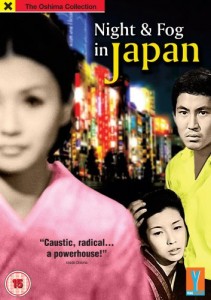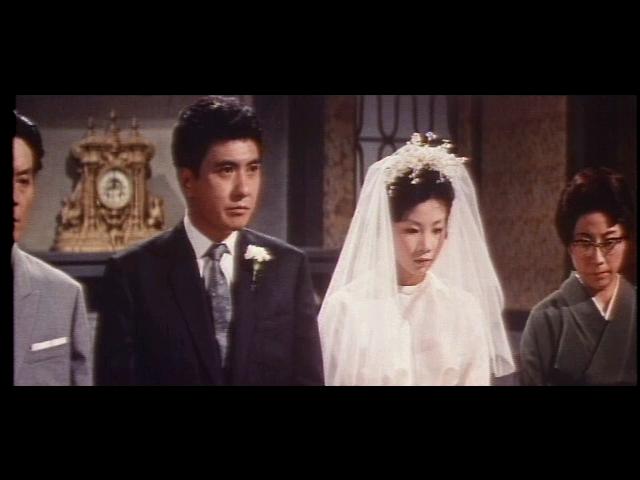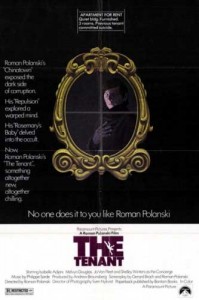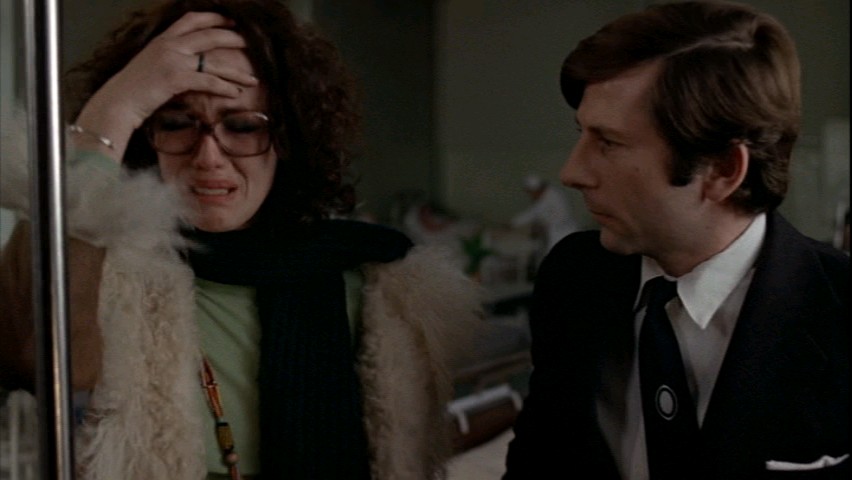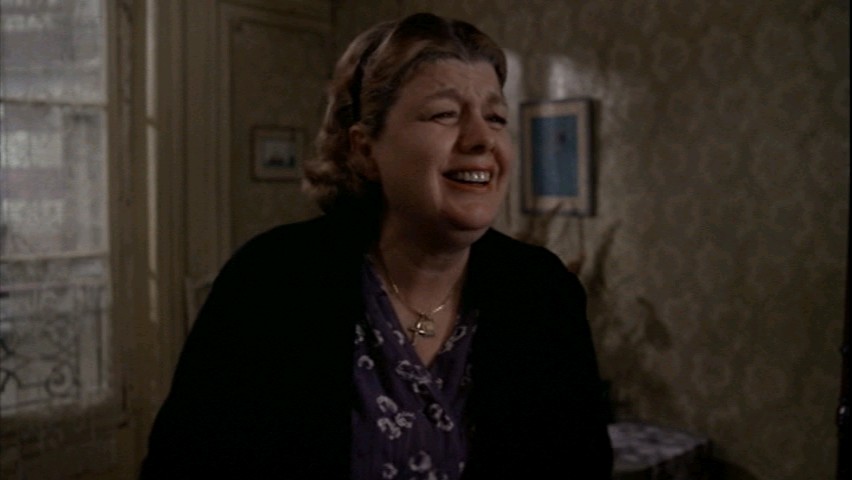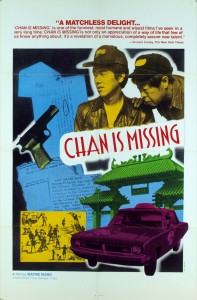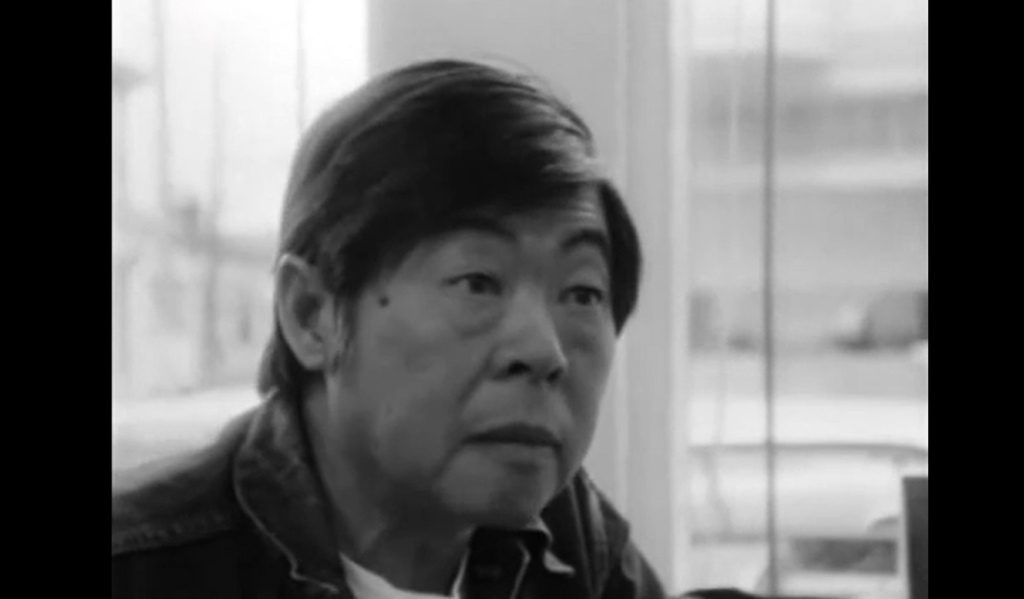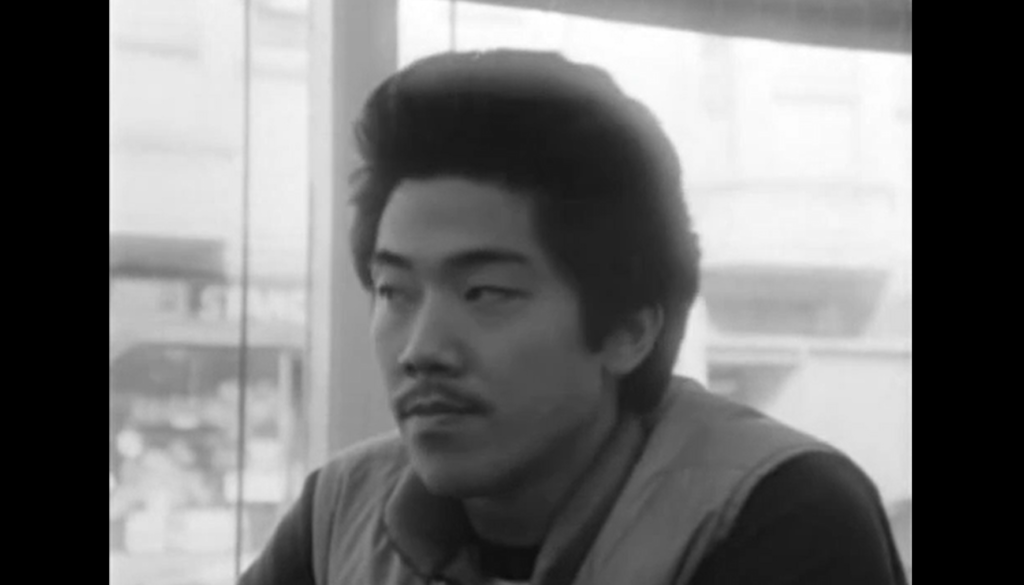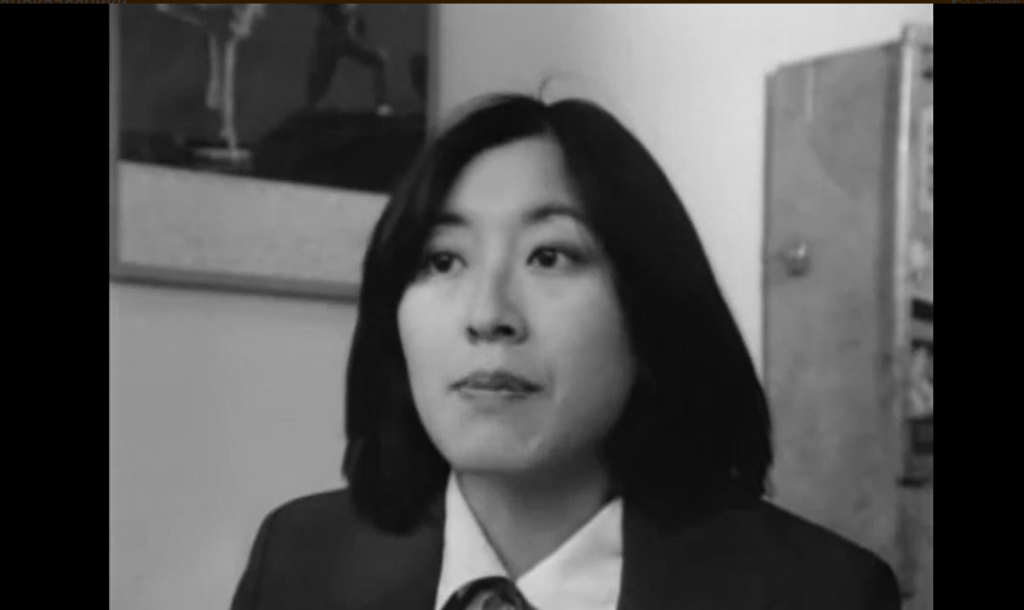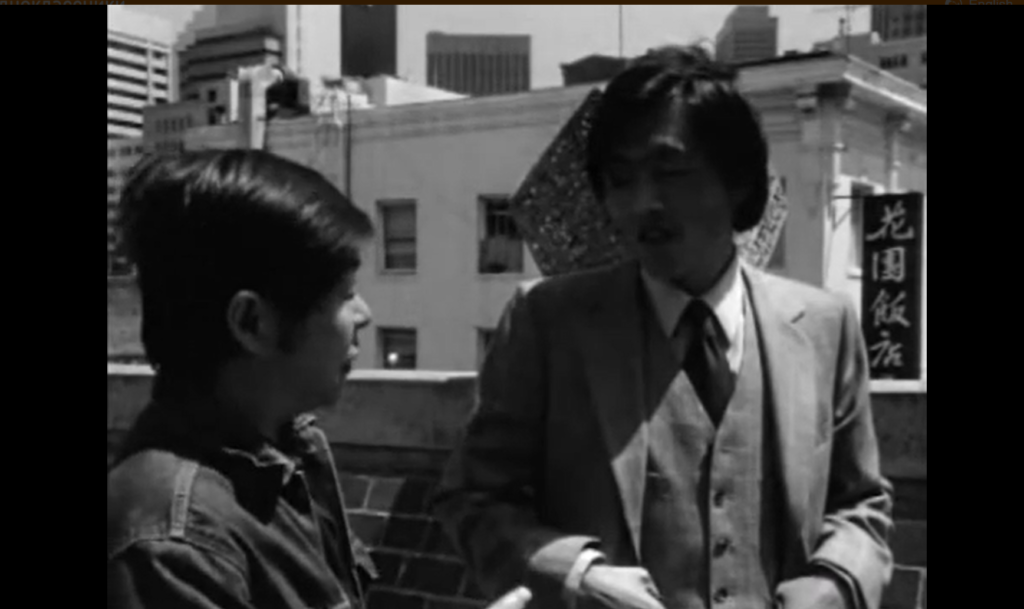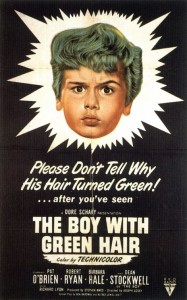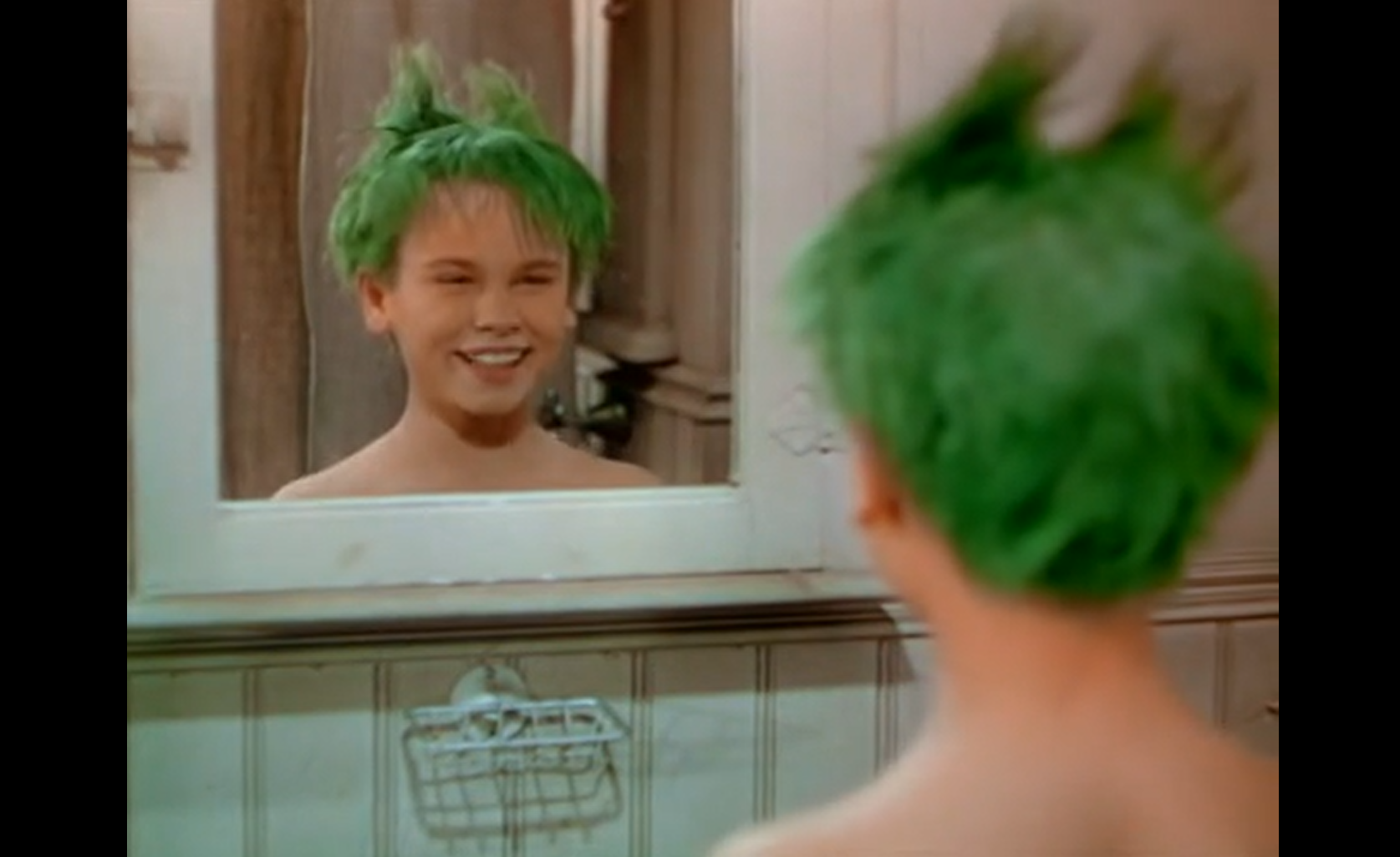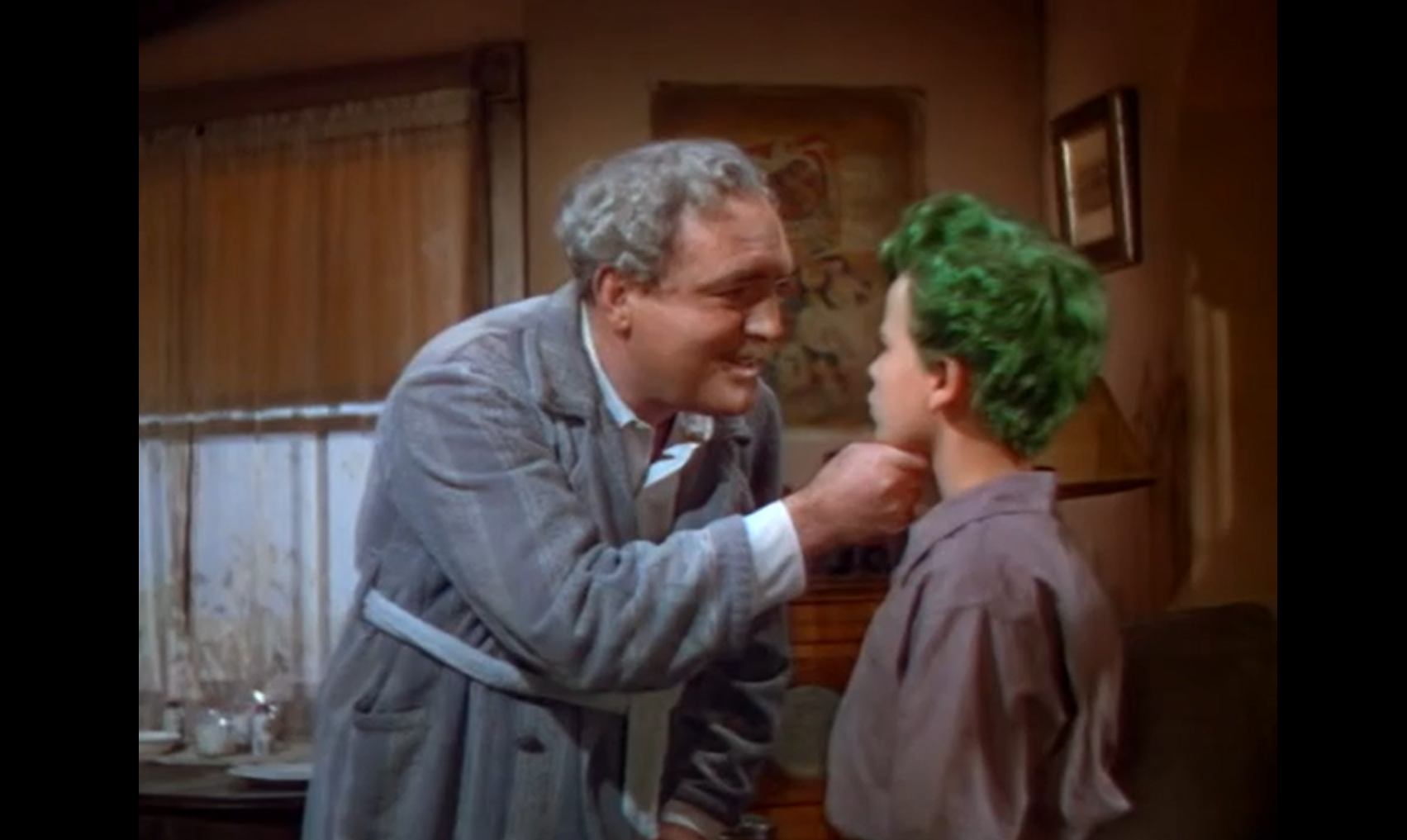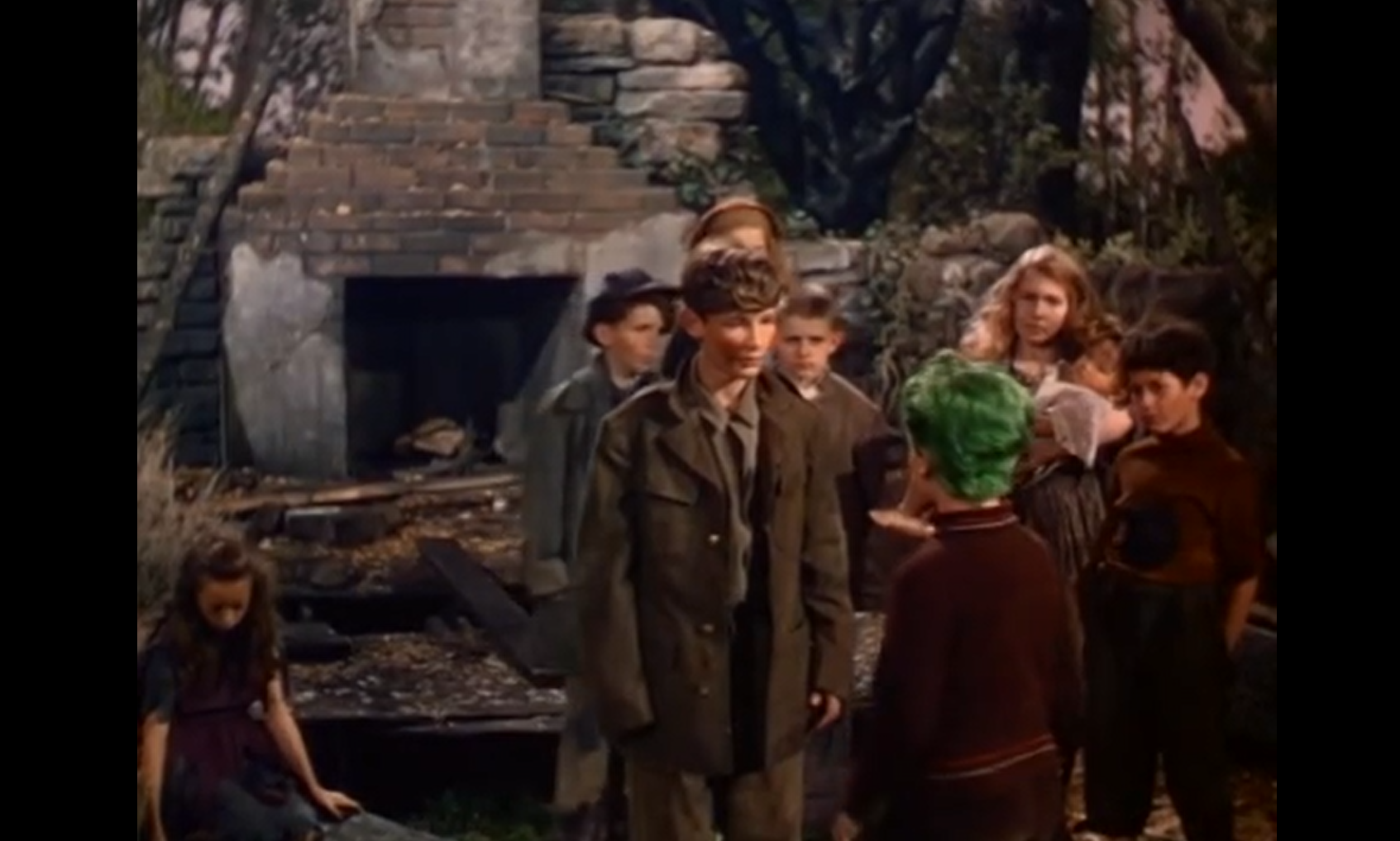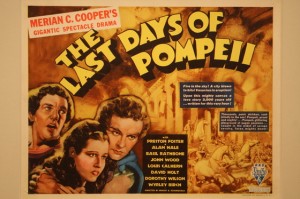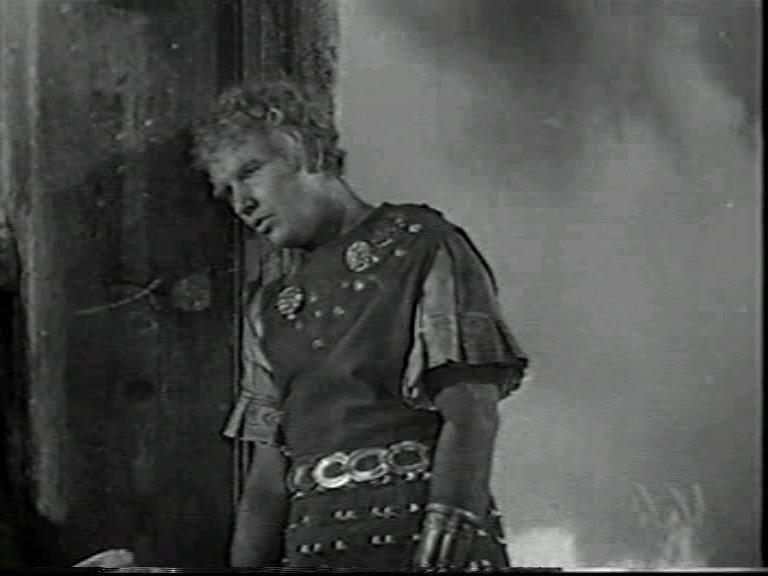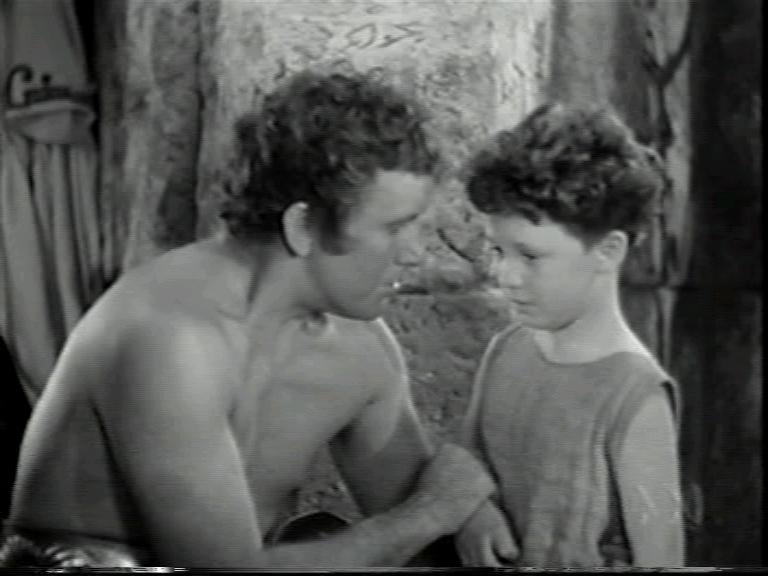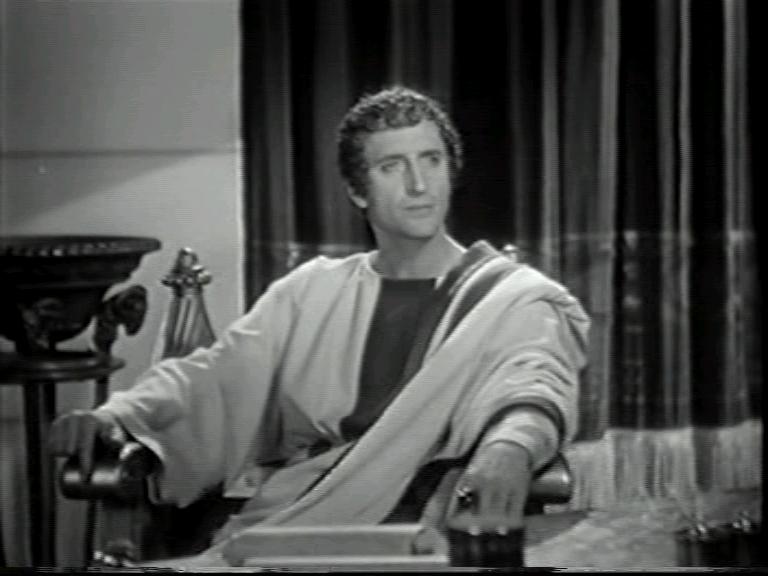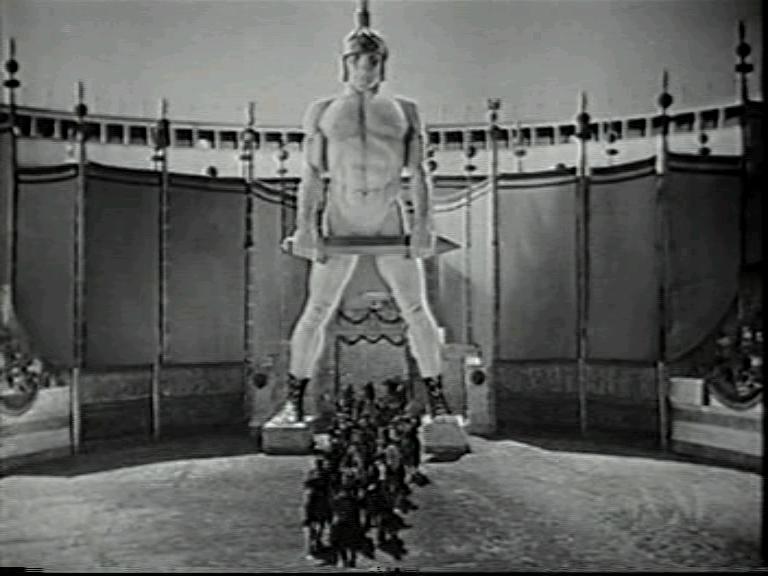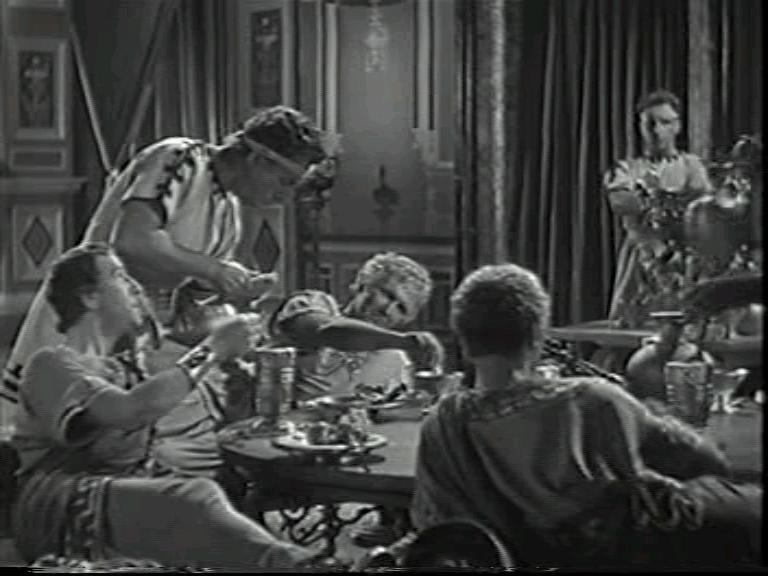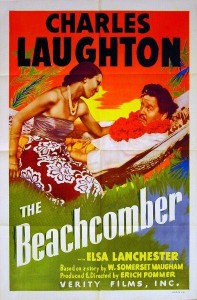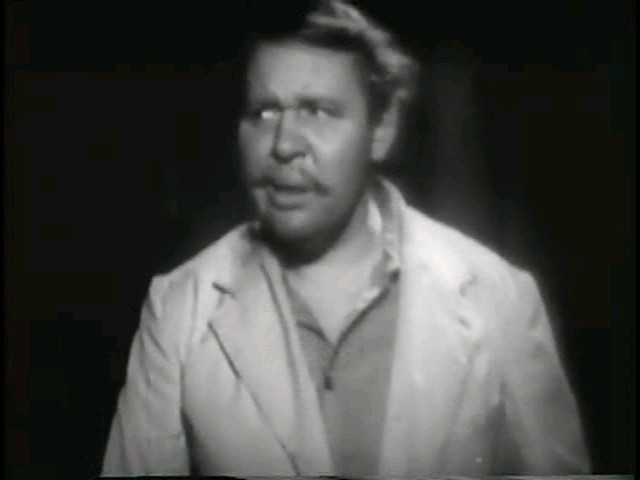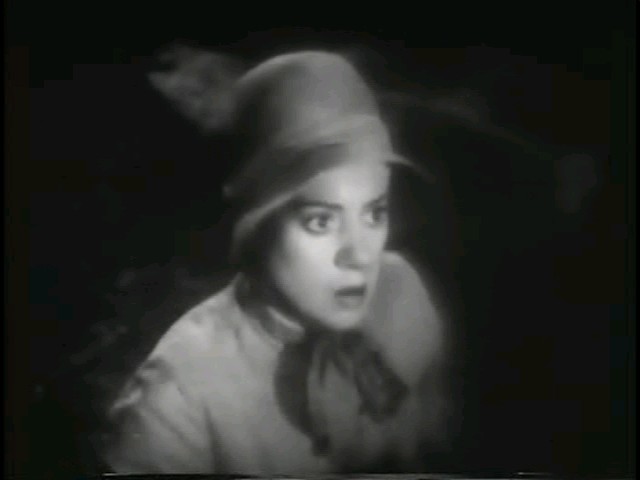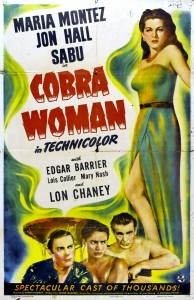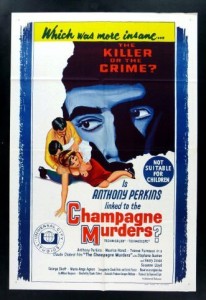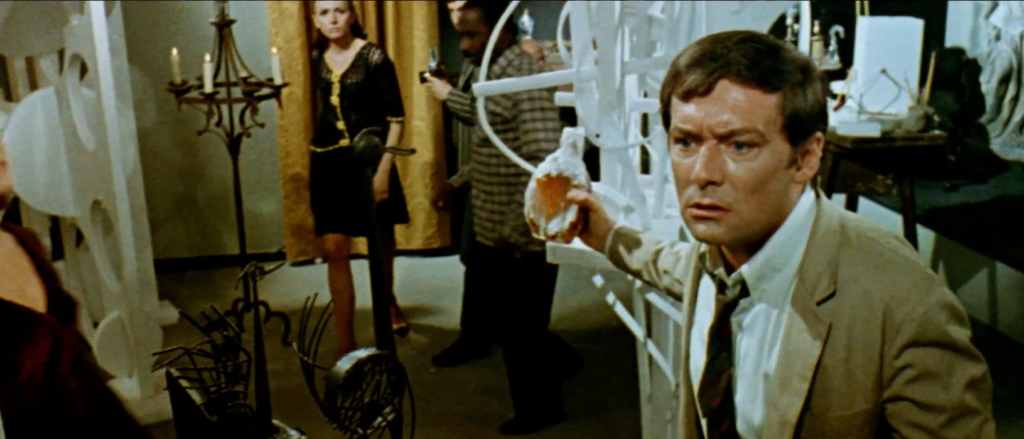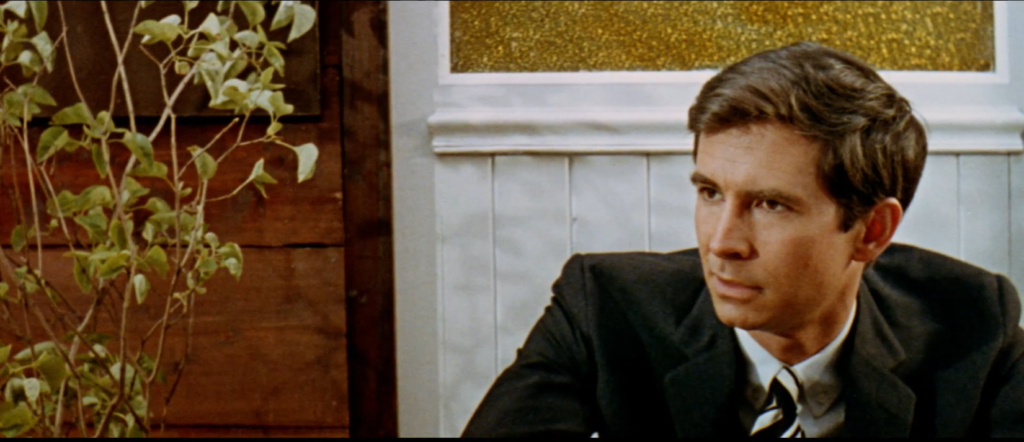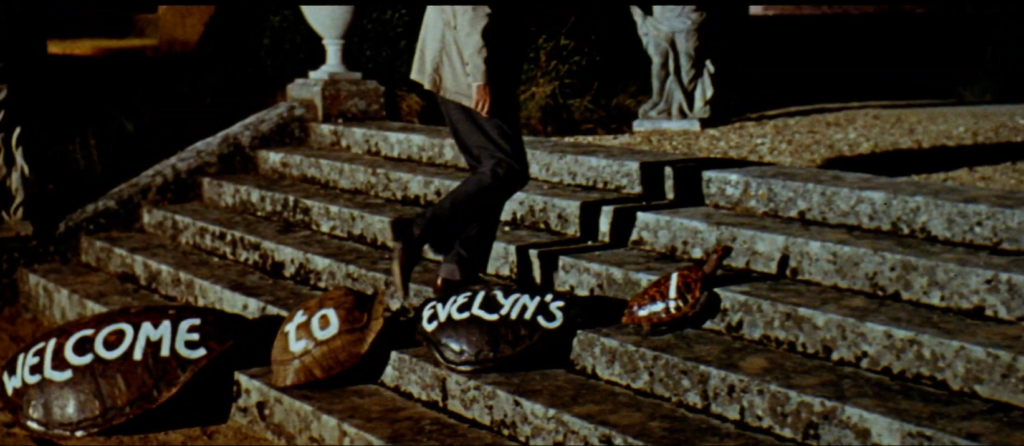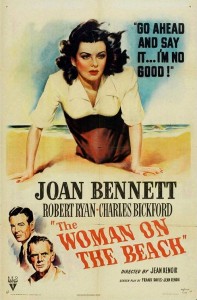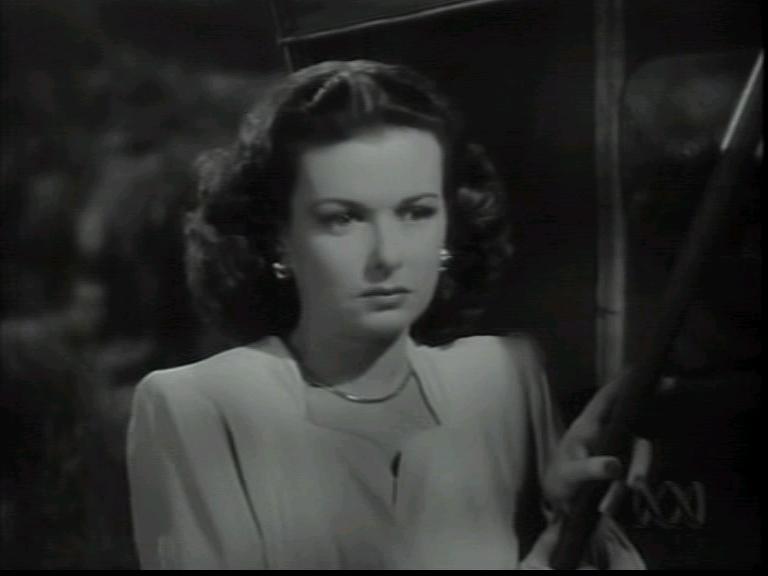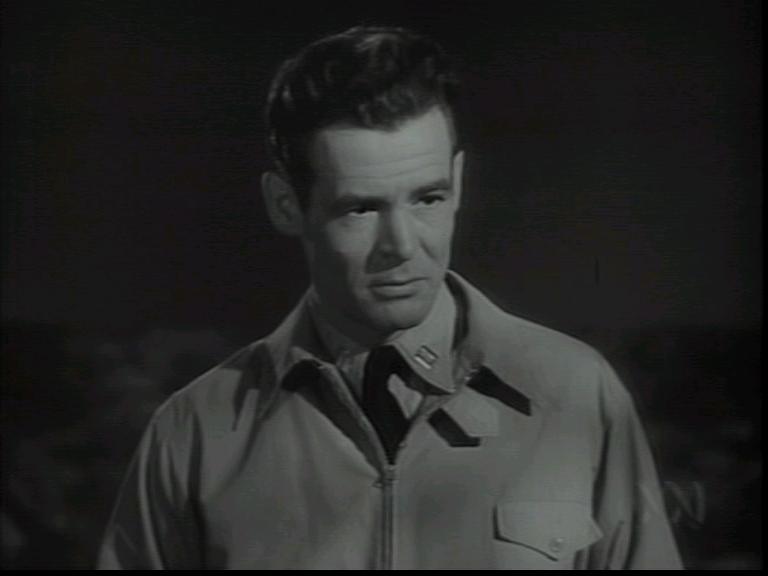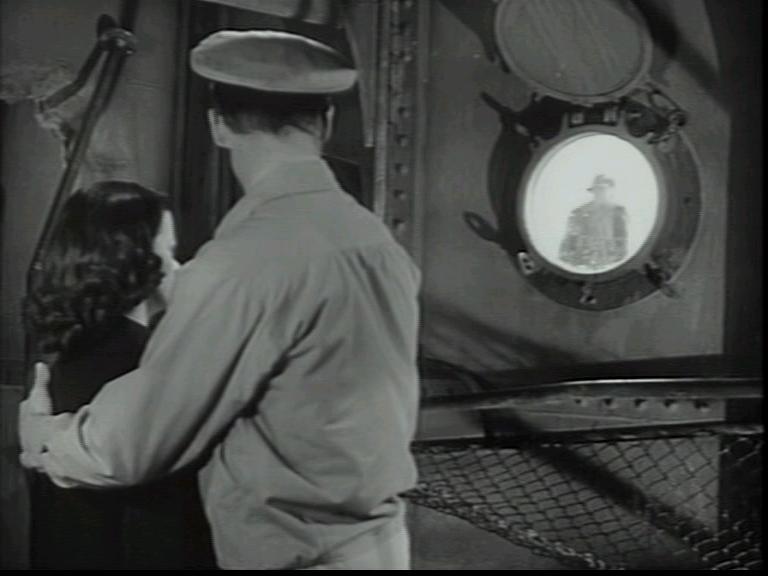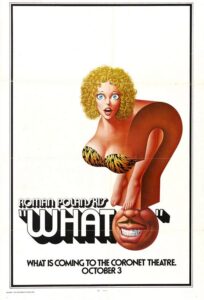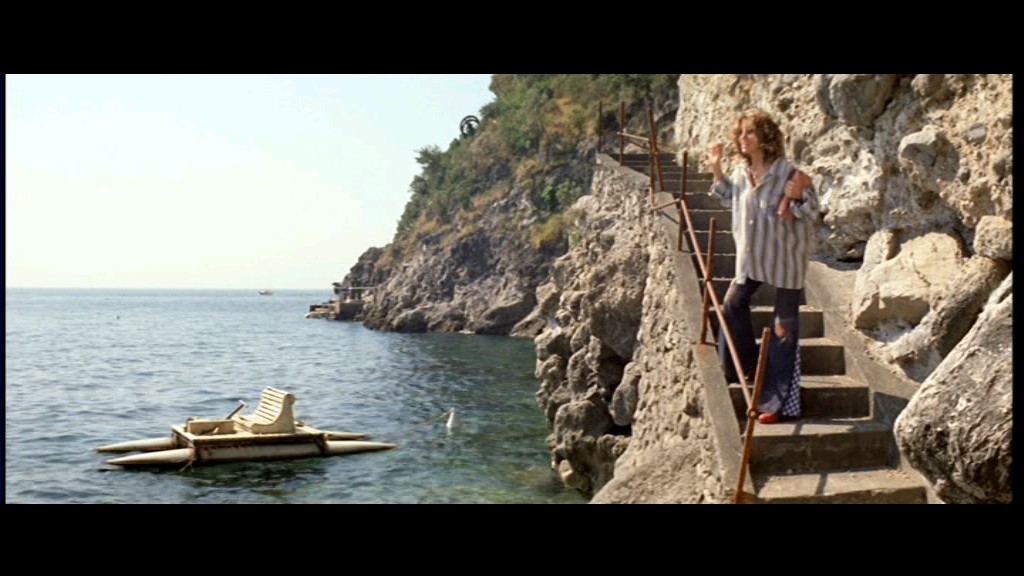|
Genres, Themes, Actors, and Directors:
- Fantasy
- Kidnapping
- Lon Chaney, Jr. Films
- Robert Siodmak Films
- Sabu Films
- South Sea Islands
- Twins
Response to Peary’s Review:
Peary begins his review of Cobra Woman by labeling it a “Kitsch Klassic”, noting that “the dialogue is enjoyably trite, the decor is ornate, the stars are sexy, the volcano is bubbly, [and] the picture is colorful.” While Dominican actress Maria Montez remains largely unfamiliar to modern audiences, she is, as noted by Peary, “as significant to film history as Carmen Miranda”, and her dual roles here are likely “her definitive performance”. Indeed, it is Montez’s portrayal of both the meek Tollea and the vicious Naja which give this film its delightful air of campiness: Montez takes herself so seriously — and dresses in such outlandishly colorful costumes — that it’s easy to ignore the ridiculous story (which in itself is relatively unimportant). Surprisingly, this camp classic was helmed by noir director Robert Siodmak, who would return to the theme of good-and-evil twins in The Dark Mirror (1946) starring Olivia De Havilland.
Redeeming Qualities and Moments:
- The outlandish technicolor costumes and over-the-top headdresses
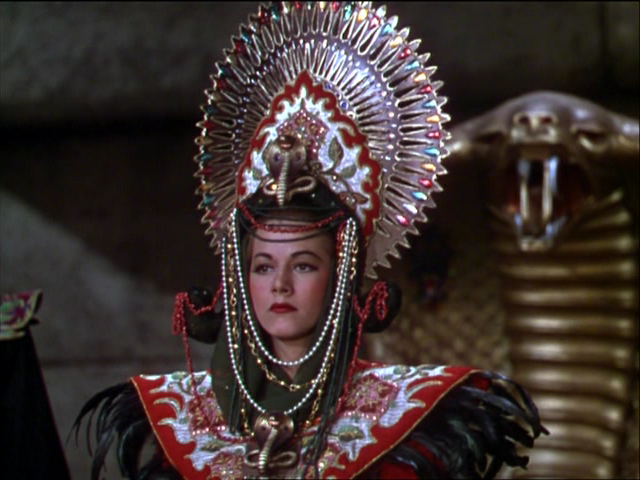
- Countless campy moments, such as when Naja dances while selecting victims for the island’s angry volcano god

Must See?
Yes, simply for its status as a campy cult classic.
Categories
Links:
|
